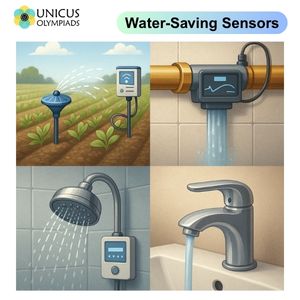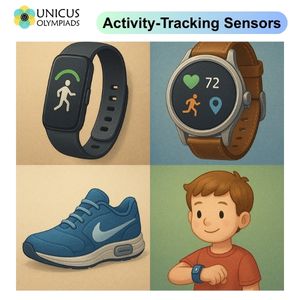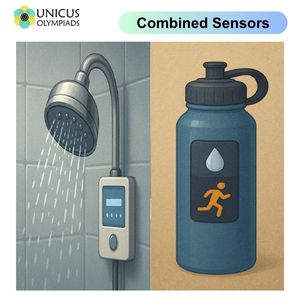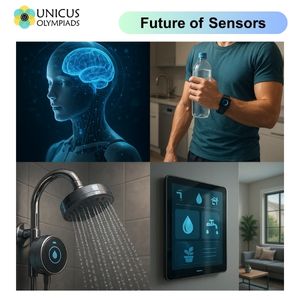

In today's world, sensors in various gadgets and devices play a crucial role in improving efficiency, saving resources, and promoting healthy lifestyles. Two significant areas where sensors are making a difference are in saving water and tracking physical activity. These sensors work behind the scenes to provide real-time data, automate processes, and enhance user experiences in ways that we may not even notice.
Water is a precious resource, and conserving it is essential for environmental sustainability. Modern technology, particularly sensors in gadgets, helps monitor and control water usage more efficiently, reducing waste and ensuring that water is used effectively in various sectors, such as home appliances, agriculture, and industrial systems.

Tracking physical activity is important for health and fitness, and sensors embedded in gadgets play a crucial role in providing real-time data on our movements, exercise routines, and overall physical health. These sensors allow individuals to monitor their fitness goals, improve performance, and maintain healthy habits.

Some gadgets combine water-saving features and activity tracking, helping users not only conserve water but also stay fit and active. These multi-functional tools often appeal to environmentally conscious individuals who want to maximize both their sustainability efforts and their personal health.

The future of sensors in water-saving and activity-tracking devices looks promising, with ongoing advancements in technology that allow for more accurate, personalized, and user-friendly gadgets. Some of the emerging trends include:
